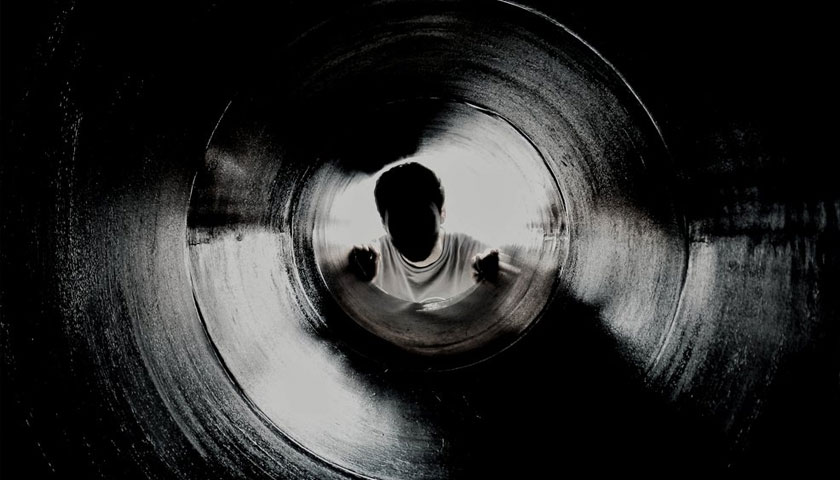Twenty percent of the world’s clean pumped water is lost due to leaking pipes, and current technology cannot detect leaks accurately enough or early enough to prevent either water loss or major infrastructure damage. Startup company Watchtower Robotics is tackling this problem creatively and effectively, and today was awarded the 2019 $100,000 Ray of Hope Prize® for its efforts during the GreenBiz Circularity Conference. The prize is sponsored by the Ray C. Anderson Foundation and awarded annually to the top team in the Biomimicry Launchpad, an accelerator focused on nature-inspired solutions to global challenges.
“I’ve never been more convinced that biomimicry is the perfect design tool,” said John A. Lanier, executive director of the Ray C. Anderson Foundation. “With this year’s competitors for the Ray of Hope Prize, we see how broadly biomimicry can — and should — be applied. This challenge just keeps getting better and better at identifying substantial innovations that are near-ready to go to market.”
Boston-based Watchtower’s patented soft-bodied robot mimics elements of octopuses, jellyfish, and the lateral line system in fish. They are capable of detecting leaks in pipes of any material and in any structure — including pipes with small diameters — unlike current technologies available on the market. Watchtower has completed pilots in Saudi Arabia, the United States, and the United Kingdom, including with two of the largest water utility companies in the world. Saving just half of the water lost globally every day through leaks would be enough to meet the needs of one billion more people.
Aruga Technologies won second place, taking home a $25,000 prize (sponsored by an anonymous donor) for it’s vascular implant technology. Based in Pittsburgh, Aruga identified a pattern in nature: the function of dynamic surface wrinkles to keep surfaces clean. Dynamic wrinkling helps keep dolphin skin from becoming fouled with barnacles and algae, for example, and also keeps human lungs and blood vessels free from deposits. Applying this idea to vascular grafts has the potential to not only save on healthcare costs and achieve better patient outcomes, but also has sustainability wins due to decreased needs for replacement grafts and days spent in Intensive Care Units. Although the company’s market entry point is the surgical graft market, this technology has the potential for anti-fouling applications in aquaculture, roofing, and industrial process hosing. Aruga is currently raising a $1.5 million seed round.
“The advantage of biomimicry is that it looks to designs that already work,” says Biomimicry Institute Executive Director, Beth Rattner. “These biological blueprints ultimately save innovators time and money, but more importantly, it reconnects us to the natural world.”
A total of seven international teams spent the past year honing their biomimetic design and business models in the Biomimicry Launchpad, the world’s only accelerator program focused on helping nature-inspired businesses succeed. Check out all of the innovative companies in this year’s accelerator.
